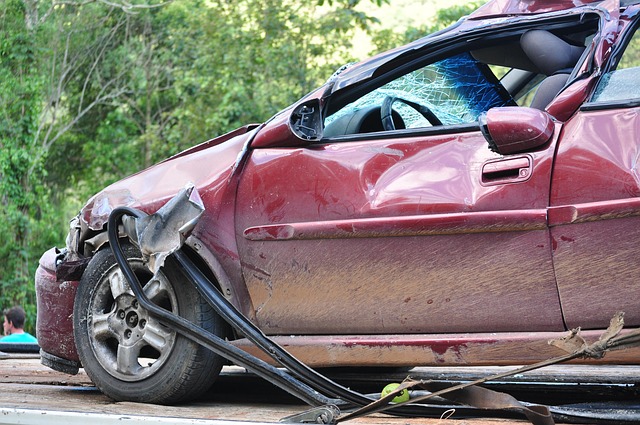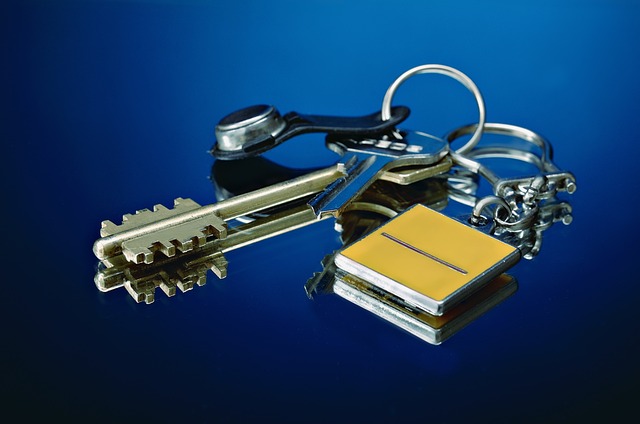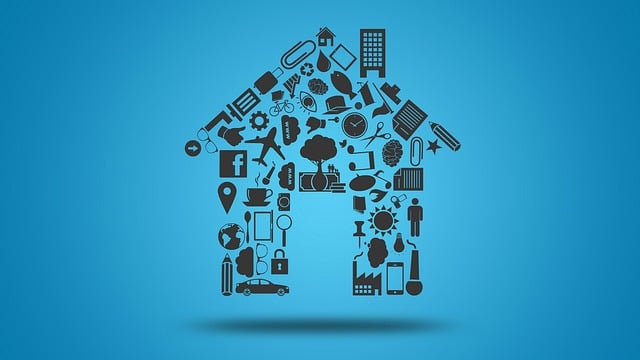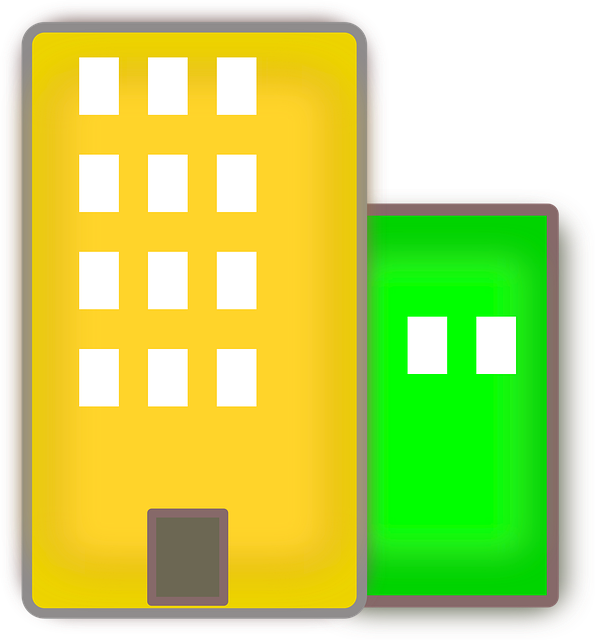Unforeseen property damage from natural disasters or accidents poses significant risks to real estate investments. To mitigate these risks, proactive measures like regular maintenance and preventive strategies are crucial. After an emergency, a structured approach including restoration work, efficient insurance claims, and legal considerations ensures comprehensive recovery for real estate owners and tenants.
In the dynamic landscape of real estate, unforeseen property damage can be a significant concern for homeowners and investors alike. This comprehensive guide delves into the complex world of unexpected property damage, exploring its common causes and various scenarios. We provide proactive safeguards to prevent and mitigate such issues, along with strategic post-damage strategies involving repair, insurance, and legal considerations. By understanding these aspects, real estate stakeholders can better protect their investments and navigate potential challenges with confidence.
Understanding Unforeseen Property Damage: Common Causes and Scenarios

Unforeseen property damage can strike at any time, affecting real estate investments and homeowners alike. Understanding common causes is a crucial first step in safeguarding your valuable assets. Natural disasters like earthquakes, hurricanes, and floods are obvious hazards, causing significant structural damage to properties in their wake. Even in seemingly stable climates, extreme weather events are becoming more frequent, underscoring the need for robust protection measures.
Beyond natural forces, accidental damage is another prevalent concern. This includes scenarios such as water leaks from plumbing issues or appliance malfunctions, fire outbreaks, and even malicious acts like vandalism. In densely populated areas, one neighbor’s mishap can lead to ripple effects, impacting nearby properties. Prompt action and appropriate coverage are vital to mitigate these risks, ensuring peace of mind for real estate owners.
Proactive Safeguards: Measures to Prevent and Mitigate Damage

In the real estate sector, proactive safeguards are essential measures to prevent and mitigate unforeseen property damage. Regular maintenance checks can identify potential issues early on, such as checking for plumbing leaks, electrical malfunctions, or structural weaknesses. By addressing these problems promptly, homeowners and property managers can avoid more severe and costly damages down the line.
Implementing preventive strategies like proper insulation, regular roof repairs, and using high-quality materials during renovations further fortifies properties against environmental factors like extreme weather conditions, pests, and moisture intrusion. These proactive steps not only protect investments but also ensure the longevity of real estate assets, enhancing their resale value.
Post-Damage Strategies: Repair, Insurance, and Legal Considerations

After unforeseen property damage occurs, the initial response often involves containment and emergency repairs. This is a critical phase to prevent further deterioration or loss. However, once the immediate crisis is under control, several strategic steps become crucial for both real estate owners and tenants.
The primary focus shifts to thorough repair and restoration, ensuring that the property is brought back to its pre-damage condition. This process involves skilled contractors who can assess, repair, and sometimes replace damaged structures or fixtures. Concurrently, insurance plays a pivotal role in compensating for these repairs. Policyholders should carefully document the damage, maintain records of repairs, and communicate with their insurance providers to initiate claims promptly. Additionally, legal considerations come into play when damage is substantial or disputes arise over responsibility. Consulting legal experts can help navigate potential liability issues and ensure fair compensation during the repair and recovery process.






